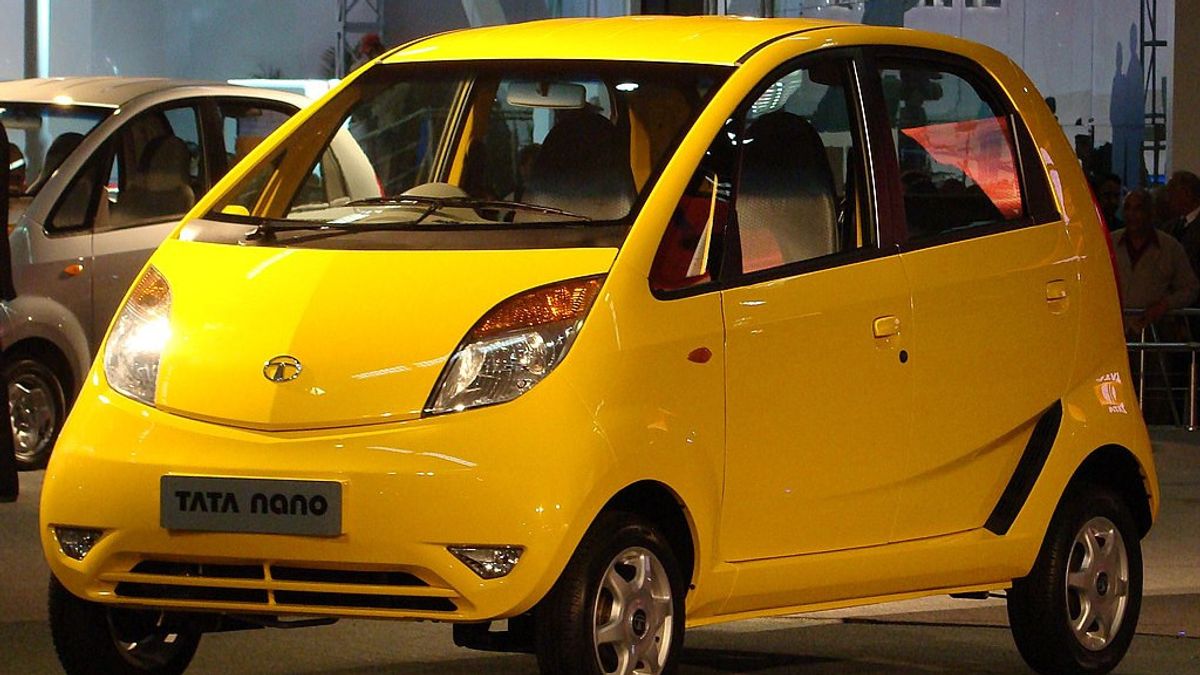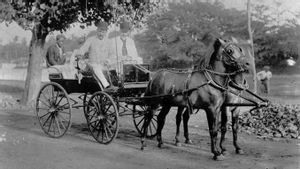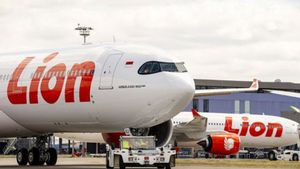JAKARTA - On January 10, 2008, at the New Delhi Auto Expo in India, Tata Motors unveiled the Nano, which is touted as the cheapest car in the world. At that time, the Nano car was planned to be priced at US$ 2,500 or around Rp. 3,5791,125 (current exchange rate).
Citing History, Nano is a mini vehicle that has four bubble-shaped doors. The car was called the "People's Car" because of its low price. Tata also said this car would be affordable for families who had never owned a car before. It's not uncommon for families in India to force everything to be packaged in such a way as possible and carried on one motorbike.
The Nano was originally slated to go on sale in October 2008. But production delays arose due to a land dispute in West Bengal, an area where a car production plant is under construction. The company chose to move its production facilities to other parts of India and the Nano officially went on sale across the country in April 2009.
The base model makes the price of the Nano change from 2,500 US dollars to around 2,000 US dollars or Rp.2,8632,900 (not including tax). The car does not have a radio, air conditioning, airbags, power steering or power windows. The car also has a body made of plastic and sheet metal and a 32-horsepower engine and can reach speeds of 65 miles per hour. To save on production and keep the car low-priced, the car only had one windshield wiper.
Tata Motors then received more than 203,000 pre-orders for the Nano. This number is considered large considering that at that time every 1,000 people in Jakarta, only nine people owned a car. However, since Tata was only able to produce an initial round of 100,000 Nano cars, the first owner of the car was chosen by lottery. The Nano was initially sold only in India, although Tata said it would eventually launch the car in other parts of the world.
Tata Motors is part of the Tata Group, one of the largest and oldest business conglomerates in India. Tata doesn't just make cheap cars. In March 2008, the company bought the British brands Jaguar and Land Rover from Ford Motor Company for 2.3 billion US dollars.

In July 2018, Tata Motors announced that it was producing only one unit and selling only three cars in the previous month. In addition, Tata has not exported a single unit in 2018. The company said this people's car will only be produced on demand.
In 2019, Tata Motors did not produce a single Nano unit. According to a regulatory filing by the company, Tata Motors did not produce and sell Nano cars in December 2019. Whereas in December 2018, Tata was still producing 82 units and selling 88 units.
Almost all industry experts and analysts suspect that the Nano's image as a cheap car backfired. This is because car ownership in India is often equated with luxury. Plus, the Nano can't avoid the negative stigma of a cheap car and questions about its quality and durability.
An industry expert and head of automotive consultancy Avanteum Advisors named VG Ramakrishnan, said that the migration of people from two-wheeler owners to low-cost car owners was not happening the way Tata Motors wanted.
"Despite the product's ingenuity in serving Indian consumers, Nano faces some serious challenges," Ramakrishnan said, citing DW.
"Making a bold project, Tata could have avoided some risks," he added, underlining the choice of the initial location of the plant that dragged the company into political trouble and forced Tata Motors to shift its production site to Gujarat.
*Read other information about TODAY's HISTORY or read other interesting articles from Putri Ainur Islam.
TODAY'S HISTORY MoreThe English, Chinese, Japanese, Arabic, and French versions are automatically generated by the AI. So there may still be inaccuracies in translating, please always see Indonesian as our main language. (system supported by DigitalSiber.id)









